When you walk out the door to head to class or work, you probably do a mental check to ensure you have the items you need for your day, something along the lines of “phone? wallet? keys?”
Those sort of “readiness” checks are what the Student Sunrise project is aiming for with several activities planned throughout the span of the Workday Student implementation.
“We’ll be engaging different audiences in several ways to ensure those who will eventually use Workday Student are aware of what’s changing for them and why,” said Ellen Rostand, assistant vice chancellor and Student Sunrise change director. “While we know transitions like these are always bumpy, we want to do the best we can to make sure faculty, students, advisors, registrars and others have everything they need to successfully begin using Workday Student.”
While Workday Student won’t start going live for two more years, our plan to ensure we’re all ready is already in effect. The “readiness measurement” plan:
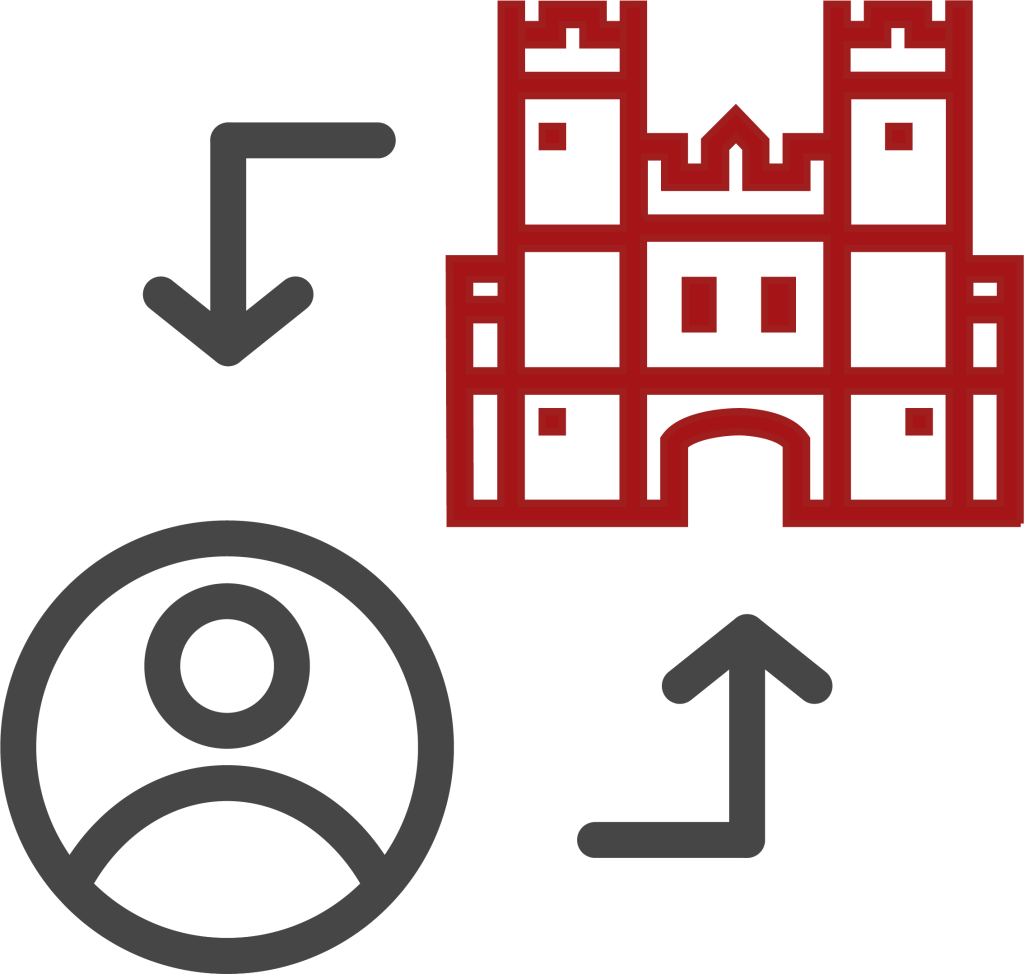
- Includes several checkpoints with select stakeholder groups from Fall 2022 to Fall 2025
- Focuses on stakeholder groups most affected, in addition to those who have readiness responsibilities (such as campus team members and advisory committee members)
- Uses a mix of methods including surveys, demonstrations and discussions with stakeholders
Readiness will be different for individuals versus schools and units. To be considered ready, an individual will be aware of what’s changing for them, and why. They will also know what training they need to complete (and eventually complete that training), and know how and where to get help if they need it.
For a school or unit to be considered ready, key people in the school or unit will understand what key changes mean for its operations, including employee roles, policies, processes and systems. The school or unit will also need to indicate that staff completed required training and related activities, as well as all go-live preparations (e.g. updating policies, websites, etc.).
“There is always a lot of concern about training and how we’ll learn to do new tasks and use a new system,” Rostand says. “Our readiness plan ensures people know what’s planned and why, well before it’s time to learn those new skills.”
Because you can’t keep an eye toward the horizon if you haven’t found your keys yet.
There are several major readiness activities planned, that we’re calling the Big Six.
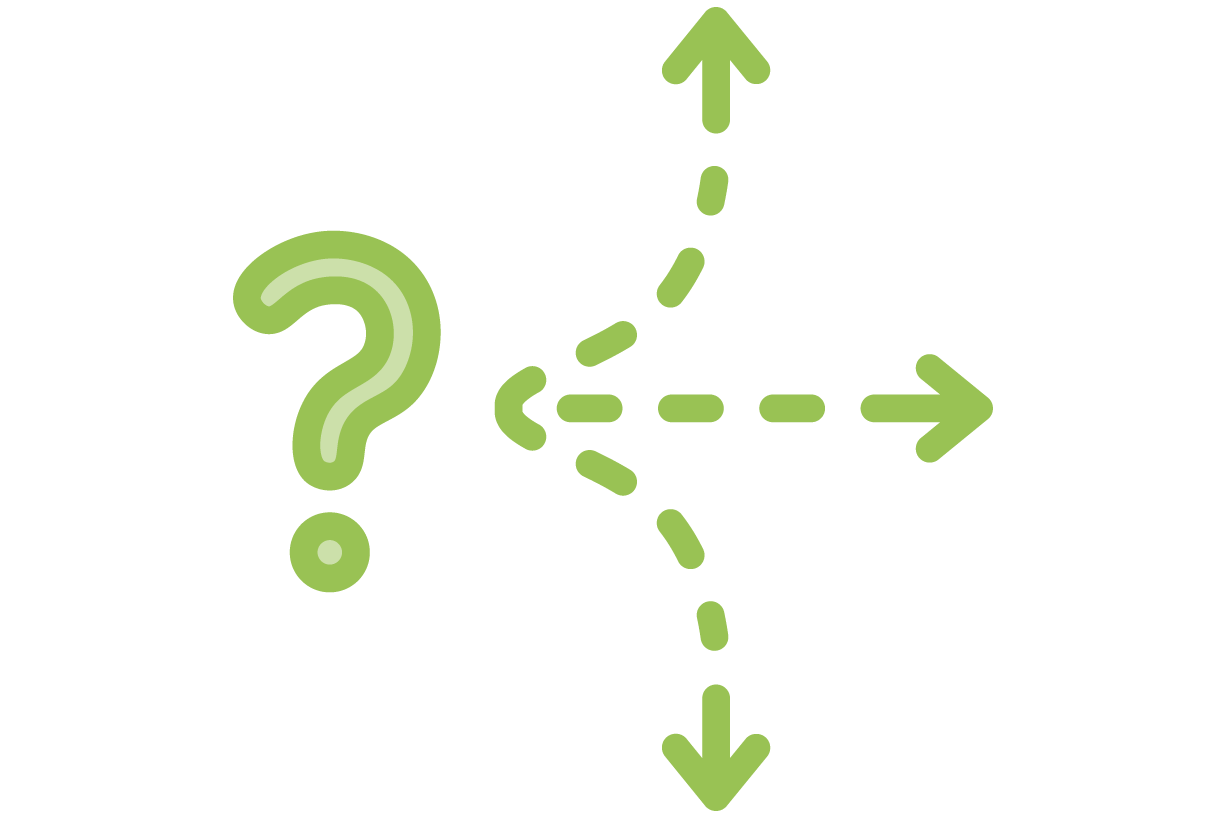
Change Impact Validation
Who: Campus team members, advisory committee members
When: Summer 2022-Winter 2024 (four rounds)
Goal: Assess the impact of key changes and give schools, units and the university a consolidated picture of what’s changing, for whom and why.
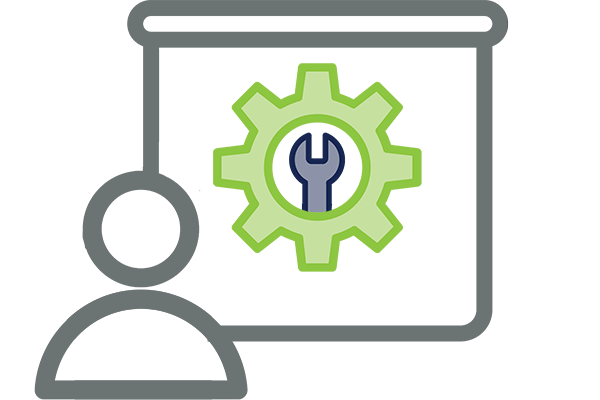
Configuration Review Sessions
Who: Campus team members
When: Early 2023, Summer 2023
Goal: Provide demonstrations of major system configurations to campus team members, who have been instrumental in guiding decisions related to the configurations. Designed to give those involved in designing the system the opportunity to see how their work is coming to life.
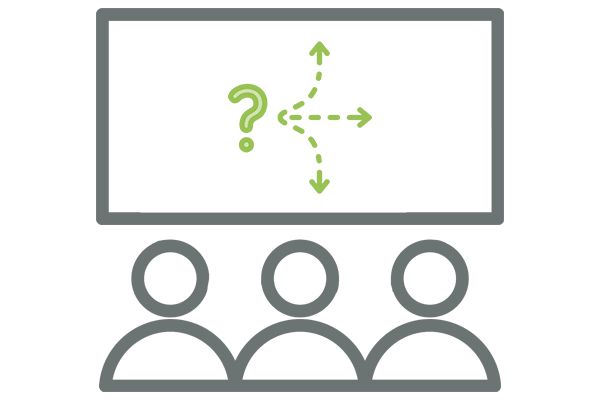
Workday Student
Sneak Peeks
Who: Select members of key stakeholder groups (e.g. advisors, instructors, registrars, department coordinators, students and others)
When: Early 2024-Spring 2025
Goal: Engage broader campus stakeholder groups to share what is changing, preview relevant aspects of the system and ask questions.
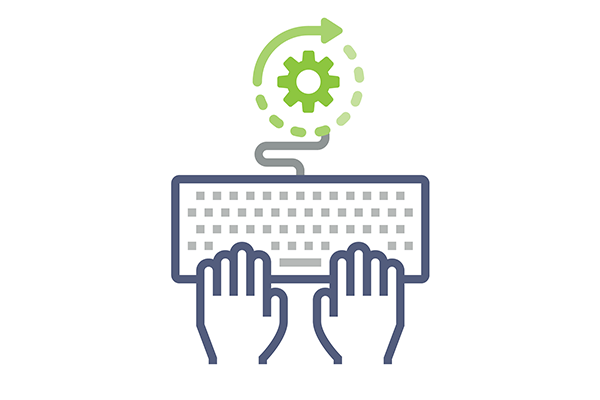
Workday Student Workshops
Who: Select members of key stakeholder groups (e.g. advisors, instructors, registrars, department coordinators, students and others)
When: Summer 2024, Fall 2024
Goal: Create “hands on keyboard” experience for small groups of stakeholders to pilot specific training and self-help material while demonstrating that key processes, tasks, activities are working as designed.
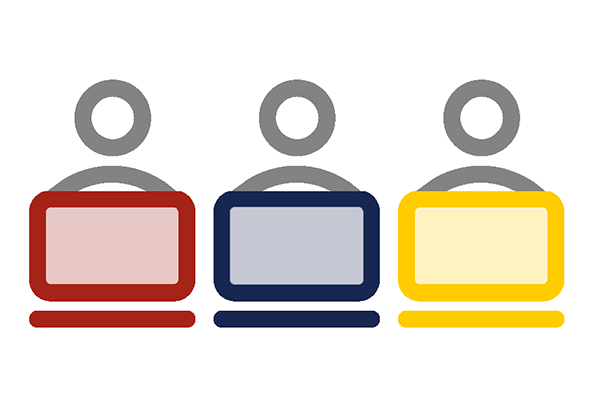
Mock Semester
Who: Designated instructors, students and staff
When: Fall 2024
Goal: Successfully simulate all activities that occur in a typical semester, such as course registration, advising, grading and degree audit. Serves as a “dress rehearsal” for student registration that will occur in Spring 2025
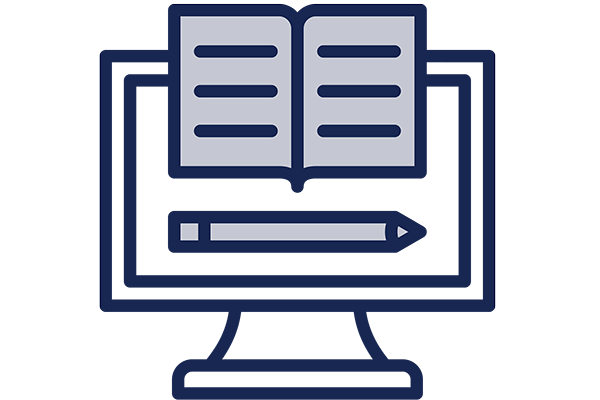
Training and Self Help
Who: Those who will use the system when it’s live
When: Fall 2024-Fall 2025
Goal: Use instructor-led and self-study courses and materials to ensure end users have the basic skills needed to begin completing critical tasks in system.